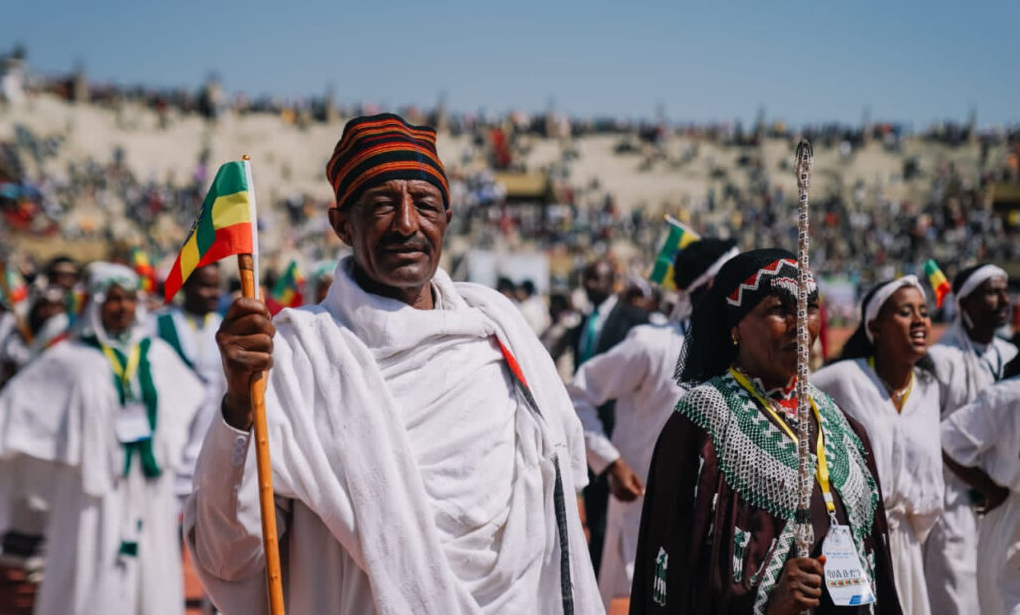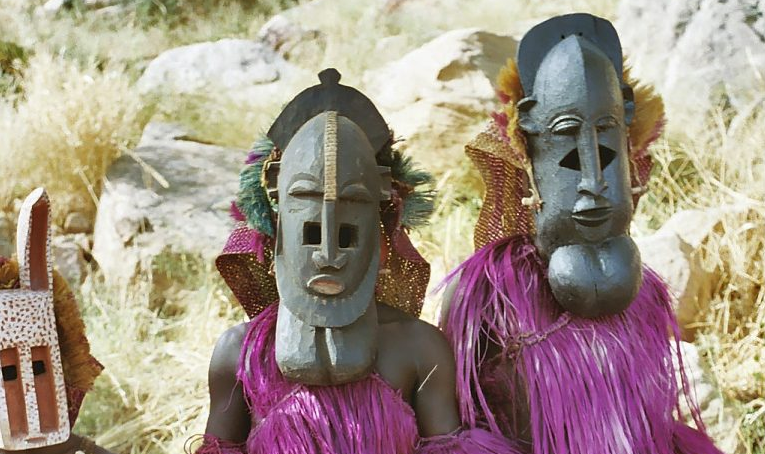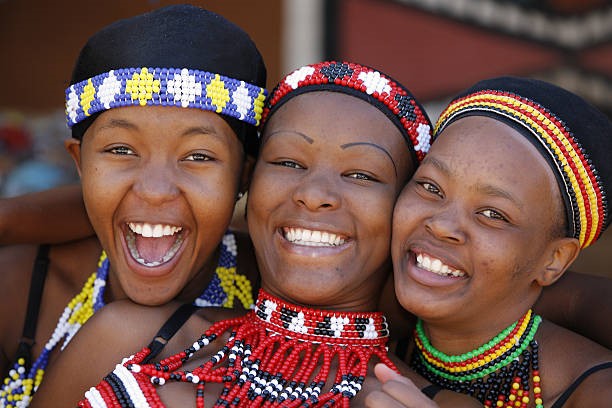The Fula language, also referred to as Fulani, Pulaar, or Fulfulde, is one of Africa’s most widely spoken languages that falls under the Atlantic branch of the Niger-Congo language family. The Fula language boasts an estimated 25 to 30 million speakers across the African continent and is primarily spoken by the Fulani people of West Africa. Countries such as Mali, Guinea, and Senegal are home to millions of Fula-speaking communities.
So far, the Fula language serves as a primary or secondary language across more than 20 countries, including Cameroon, Chad, Mali, Nigeria, Niger, Senegal, Guinea, and Burkina Faso, among others. The Fula language’s wide geographical extent compared with that of other Atlantic languages can be attributed to the pastoral, nomadic culture of the Fulani people. Their nomadic way of life enabled them to traverse extensive regions searching for grazing lands for their cattle. This mobility allowed the Fula language to cross borders and adapt to diverse regions, making it a unifying linguistic factor among Fulani communities scattered across the continent.
The Fula language exists in several regional dialects that are often named after the areas where they are spoken. For example, Pulaar is commonly spoken in Senegal, Guinea, and Mauritania, whereas Fulfulde is predominant in Nigeria, Cameroon, Niger, and Mali. Other dialectal variations, such as Maasina and Adamawa Fulfulde, highlight how the language has adapted to the cultural and geographical diversity of its speakers. Despite the variations in dialects, the core structure and vocabulary of the language remain largely consistent.
History and Origin of the Fula language
Historical and linguistic evidence suggests that the Fulani people and their language originated in the ancient region of Futa Toro, which is located in what is now Senegal. The Fula people were traditionally nomadic hunters who traversed vast lands with their cattle. Hence, they gradually spread eastward across West and Central Africa.

The spread of the Fula language was further reinforced by the Fulani’s role in trade, diplomacy, and religion. In the 18th and 19th centuries, the Fulani people played a vital role in West African history by establishing powerful empires, such as the Sokoto Caliphate in Nigeria. Today, the Fulani people are spread across the African continent, with the Fula language actively diversifying and adapting to local influences while retaining its core linguistic structure.
How the Fula language shapes African Culture and Identity
1. Fula Preserves Oral Traditions.
The Fula language helps preserve Fulani history, values, and identity by serving as a vessel for oral traditions. The language shares historical events, moral lessons, and wisdom from one generation to the next through proverbs, poetry, and storytelling. These oral traditions, often recited during community gatherings or celebrations, provide a sense of continuity and cultural pride.
2. Fula Reinforces Pastoralist Heritage
Despite regional variations in dialects, the Fula language continues to serve as a unifying factor across geographical and political boundaries. The Fulani people can communicate and bond over their shared linguistic and cultural identity, regardless of the country they reside in, whether in Senegal, Nigeria, or Cameroon. This fosters a sense of belonging that strengthens their collective identity.
3. Fula Serves as a Lingua Franca
In addition to its cultural role, the Fula language serves as a lingua franca in various regions across the continent. In countries like Nigeria, Guinea, Mali, and Cameroon, where the Fulani people are widely present, the Fula language is often used as a trade and administrative language. By serving as a common language across multiple countries, the Fula language strengthens social ties and promotes cultural exchange, making it an essential medium for regional integration and cooperation.
4. Fula Showcases the Resilience and Diversity of African Linguistic Heritage.
The Fula language continues to thrive as a cultural symbol despite pressures from globalization and the dominance of colonial languages like English and French. Also, ongoing efforts to promote its use in education, media, and digital spaces highlight the importance of preserving indigenous languages as a way of protecting cultural identity and celebrating Africa’s rich diversity.
5. Fula Promotes Religious Expression.
The Fula language has over centuries promoted religious and intellectual expression, particularly through its role in the spread of Islam in West Africa. During the 18th and 19th centuries, Fulani scholars and leaders used the Fula language to teach Islamic principles, produce religious texts, and govern emerging Islamic states such as the Sokoto Caliphate.
The Fula Language in Pop Culture and Media
1. Fula in Music
One of the most prominent ways the Fula language has been integrated into pop culture is through music. Fulani artists and musicians use the language to create traditional songs and modern tracks that celebrate Fulani identity and their way of life. Genres like Afrobeat and folk music often feature Fulfulde lyrics that highlight themes of love, migration, spirituality, and daily life. Renowned artists from Fulani communities, such as Baaba Maal from Senegal, have gained international acclaim by incorporating the Fula language into their music.
2. Fula in Cinema and Television
Films and documentaries, particularly those focused on pastoralist life, migration, and the Fulani’s historical role in Africa, often feature the Fula language as a way of adding authenticity and cultural depth. For example, local and regional films produced in countries like Senegal, Mali, and Niger, integrate the language to portray Fulani customs, nomadic traditions, and rural settings. Additionally, Nollywood, Nigeria’s booming film industry, occasionally includes Fulfulde-speaking characters to represent Fulani culture.
3. Fula in Digital Media and Technology
In modern digital media and technology, the Fula language is gaining ground through platforms like social media, podcasts, and YouTube channels, where creators share content in Fulfulde. These platforms provide a space for Fulani youth to express their identity, share their language with others, and promote cultural pride through storytelling, cultural education, music, and news. In addition, mobile apps and initiatives that teach Fulfulde are on the rise, promoting language preservation and learning among Fulani communities and beyond.
4. Fula in cultural festivals and events.
The Fula language is celebrated through cultural festivals and events, where Fulani traditions are showcased through music, dance, and art. Events like the Gerewol, a festival where young Fula men dress up and dance to attract brides, showcase key aspects of the Fula culture.
References
Astro, (n.d.). Fula Facts for Kids. https://www.astrosafe.co/article/fula
Caslt acpls, (2024). Discovering Languages: The “ABC”s of the Fula Language. https://www.caslt.org/en/blog-discovering-languages-fula/
The Language Gulper, (n.d.). Fula. https://www.languagesgulper.com/eng/Fula.html

